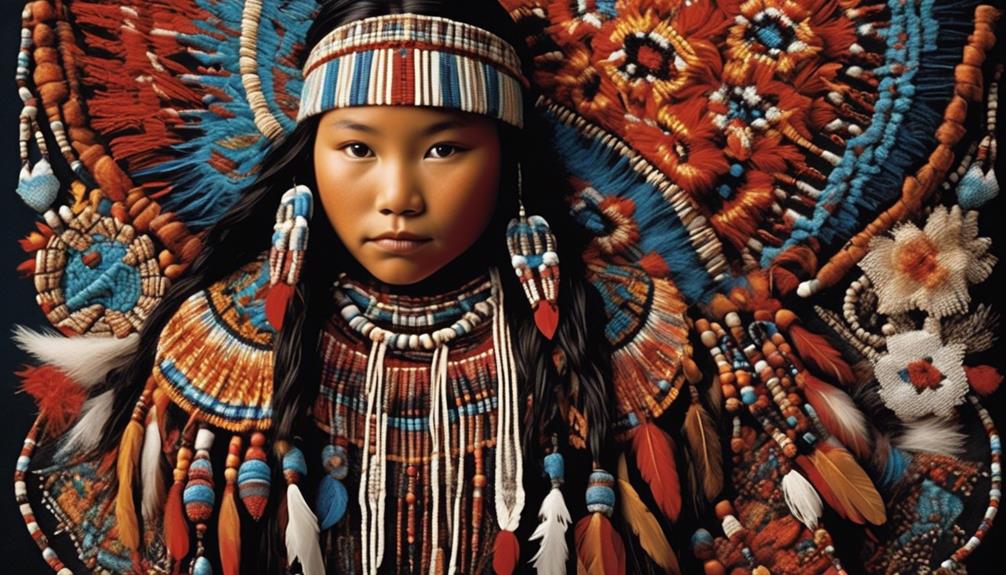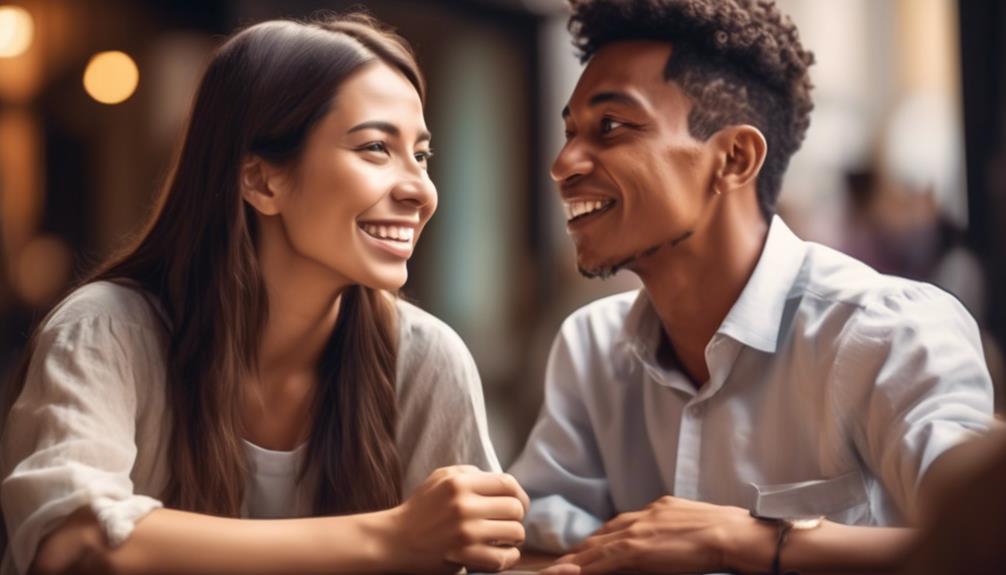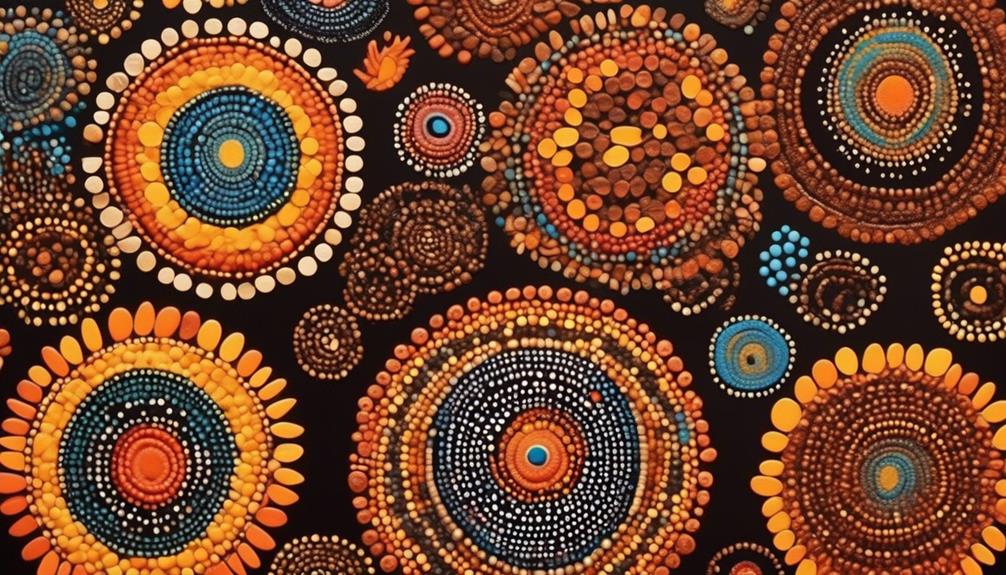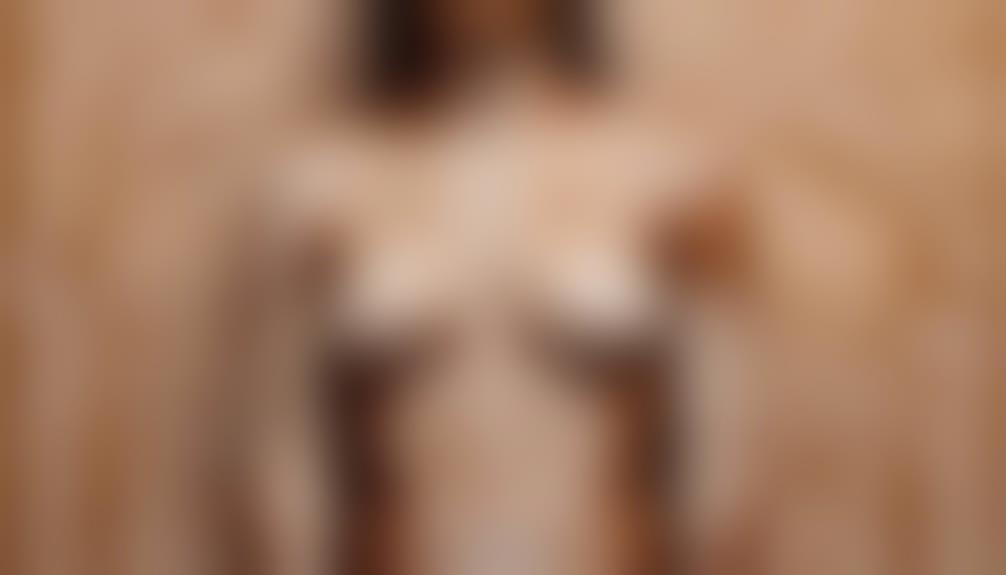Hi there,
When it comes to discussing the diverse indigenous communities in Canada, it's important to recognize the unique distinctions between the Indigenous peoples and the Inuit. These differences, rooted in historical, cultural, and geographical contexts, hold significant implications for contemporary relationships and socioeconomic challenges.
As we navigate through this multifaceted topic, it's crucial to understand the complexities that shape the identities and experiences of both Indigenous and Inuit communities, and how these intersect with broader societal dynamics.
Key Takeaways
- Colonial impact has had a significant effect on both Indigenous and Inuit communities, leading to the erosion of traditions and values.
- The trauma caused by residential schools and the effects of colonialism have resulted in intergenerational trauma and the loss of autonomy and self-determination.
- Both Indigenous and Inuit communities have cultural traditions deeply rooted in the land, with Inuit traditions centered around hunting and fishing.
- Socioeconomic challenges such as poverty rates, educational disparities, and systemic barriers to economic opportunities are prevalent in both Indigenous and Inuit communities.
Historical Background
How did the historical background shape the experiences of Indigenous and Inuit communities?
The colonial impact on Indigenous and Inuit communities has been profound, altering their traditional practices and way of life. Colonial powers imposed their own systems of governance, land ownership, and cultural assimilation, leading to the erosion of indigenous traditions and values.
For Indigenous peoples, the introduction of residential schools aimed to assimilate children into Euro-Canadian culture, causing immense trauma and disrupting the transmission of traditional knowledge from elders to the younger generation. Similarly, the Inuit experienced the effects of colonialism through forced relocations, restrictions on hunting and fishing, and the suppression of their language and cultural practices.
The colonial impact not only disrupted traditional practices but also led to a loss of autonomy and self-determination for Indigenous and Inuit communities. The imposition of foreign laws and policies significantly limited their ability to govern themselves and manage their own affairs.
As a result, both Indigenous and Inuit communities continue to grapple with the enduring effects of colonialism on their cultural, social, and economic well-being.
Cultural Distinctions

The enduring impact of colonialism has fundamentally shaped the cultural distinctions between Indigenous and Inuit communities, influencing their traditions, languages, and ways of life.
Cultural traditions in Indigenous communities are deeply rooted in the land, encompassing diverse practices such as powwows, sacred ceremonies, and traditional storytelling, all of which reflect a profound connection to the natural world.
In contrast, Inuit cultural traditions are characterized by a strong emphasis on hunting, fishing, and crafting, as well as a rich oral tradition that preserves their history and knowledge.
Language preservation is a crucial aspect of cultural identity for both Indigenous and Inuit communities, as their languages encapsulate unique worldviews and hold the key to understanding their heritage.
The preservation of these languages isn't merely about communication; it's about safeguarding the very essence of their cultural identities, ensuring that future generations can inherit the richness of their ancestral knowledge.
- Intergenerational trauma caused by the loss of cultural traditions
- Resilience in the face of ongoing challenges to language preservation
- The profound emotional connection between language and cultural identity
Geographical Differences
Geographical variations significantly influence the daily lives and cultural practices of Indigenous and Inuit communities. The differences in climate, terrain, and natural resources have shaped distinctive ways of life for these groups. Let's take a closer look at the geographical variations and climate differences that have contributed to the unique identities of Indigenous and Inuit communities.
| Geographical Variations | Indigenous Communities | Inuit Communities |
|---|---|---|
| Climate | Diverse climates across different regions, including tropical, temperate, and arctic climates | Primarily Arctic climate, characterized by cold temperatures, ice, and snow |
| Terrain | Varied landscapes such as forests, plains, deserts, and mountains | Predominantly icy and rocky terrain with sparse vegetation |
| Natural Resources | Access to a wide range of flora and fauna, diverse agricultural practices | Reliance on hunting, fishing, and gathering due to limited vegetation |
These geographical differences have led to distinct cultural practices and traditions, influencing everything from food sources and traditional dwellings to social structures and spiritual beliefs. Understanding these geographical variations is essential for comprehending the rich tapestry of Indigenous and Inuit cultures.
Socioeconomic Challenges
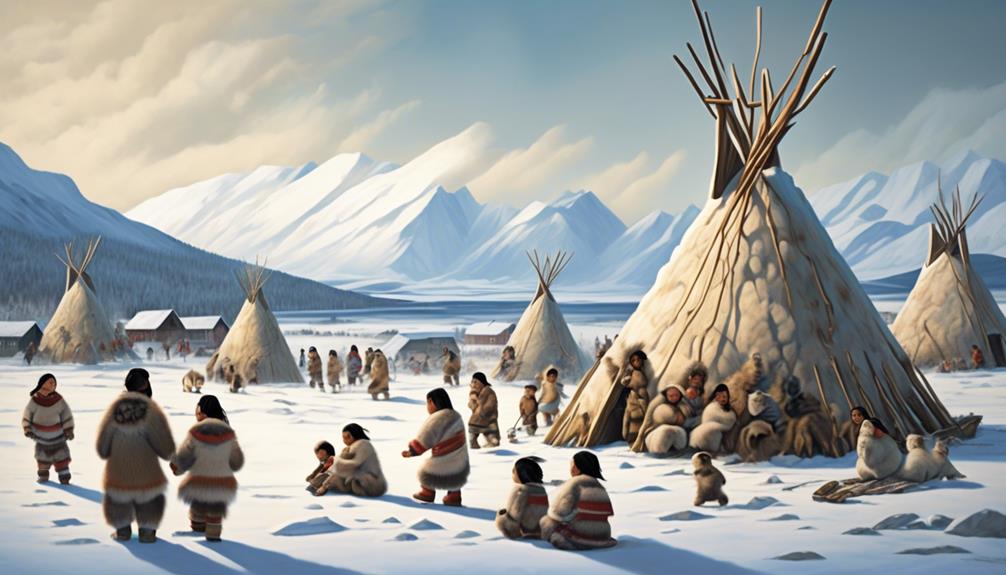
Navigating through the complexities of socioeconomic challenges in Indigenous and Inuit communities requires a nuanced understanding of historical, political, and economic factors. These communities face profound struggles that have persisted for generations, shaping their present-day circumstances. It's essential to comprehend the deep-rooted issues they encounter, such as poverty rates and educational disparities, to effectively address their needs.
- Poverty Rates: The staggering poverty rates in Indigenous and Inuit communities are a stark reminder of the systemic barriers they confront. The lack of access to economic opportunities perpetuates the cycle of poverty, impacting individuals, families, and entire communities.
- Educational Disparities: Educational disparities persist within these communities, hindering the potential for advancement and socioeconomic mobility. Limited resources, cultural barriers, and historical injustices contribute to unequal access to quality education.
- Historical Trauma: The enduring effects of historical trauma continue to cast a long shadow over Indigenous and Inuit communities, exacerbating socioeconomic challenges. The intergenerational impact of colonization and forced assimilation has left a profound mark on these communities, influencing their present circumstances.
Understanding and addressing these socioeconomic challenges is crucial to supporting the resilience and well-being of Indigenous and Inuit communities.
Contemporary Relationships
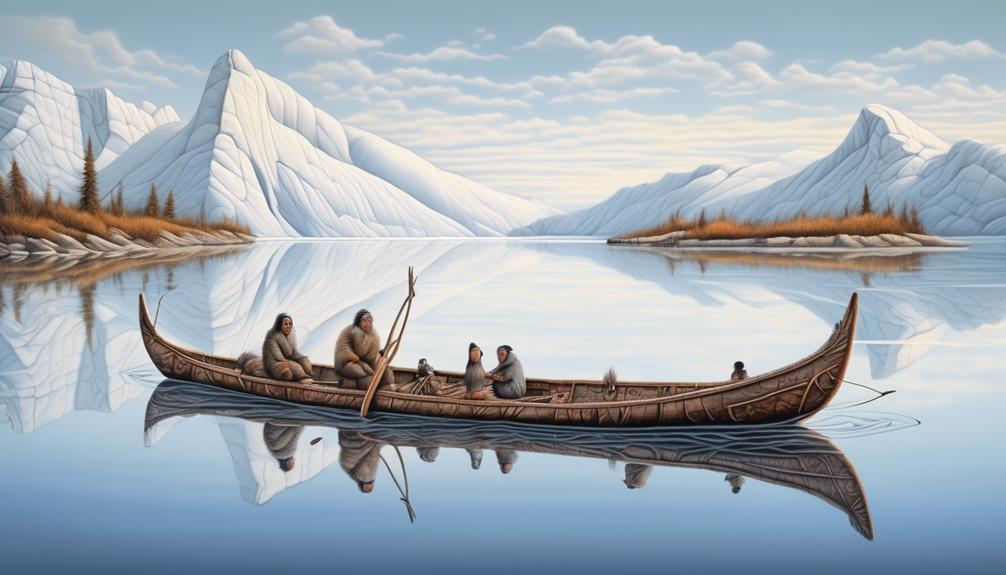
As you consider the socioeconomic challenges faced by Indigenous and Inuit communities, it becomes evident that contemporary relationships play a crucial role in shaping their present circumstances.
In the context of land rights and representation, Indigenous and Inuit communities are striving to strengthen their relationships with the government and non-Indigenous entities to secure their rights to traditional lands and resources. This involves negotiating agreements and partnerships that honor their sovereignty and self-governance while also promoting sustainable development.
In terms of education and healthcare, contemporary relationships are pivotal for ensuring that the needs of Indigenous and Inuit communities are met. Collaborative efforts with governmental and non-governmental organizations are essential to address the disparities in access to quality education and healthcare services.
These relationships are instrumental in advocating for culturally sensitive healthcare practices and educational programs that respect the unique cultural identities of Indigenous and Inuit peoples.
Frequently Asked Questions
What Are the Traditional Methods of Hunting and Gathering Practiced by Indigenous and Inuit Communities?
Traditional hunting and gathering techniques have deep cultural significance in many communities. These methods are often passed down through generations and are essential for survival. They also play a crucial role in maintaining environmental balance.
Community involvement in these practices fosters a strong sense of unity and responsibility. Understanding the historical and cultural importance of these traditions is vital for appreciating their impact on indigenous and Inuit communities.
How Do Indigenous and Inuit Communities View the Concept of Land Ownership and Stewardship?
When considering land ownership and stewardship, indigenous and Inuit communities have deep cultural perspectives. They hold traditional hunting techniques and artistic expressions closely tied to the land.
Mental health support, environmental conservation, and climate change initiatives are also crucial. Both groups prioritize preserving their ancestral lands while adapting to modern challenges, showcasing a unique blend of tradition and innovation in their approach to land ownership and stewardship.
What Are Some Traditional Forms of Art and Expression Unique to Indigenous and Inuit Cultures?
Traditional music, dance, storytelling, visual arts, and ceremonial practices are unique forms of expression in Indigenous and Inuit cultures. They reflect the rich history and deep connection to the land. These expressions aren't only artistic but also hold significant cultural and spiritual importance in preserving traditions and passing down ancestral knowledge.
Traditional clothing and cultural ceremonies are also important aspects of Indigenous and Inuit cultures. They serve as ways to showcase and celebrate cultural identity and heritage. Traditional clothing often reflects the local environment and the materials available, while cultural ceremonies mark important milestones, events, or seasons.
Spirituality is another integral part of Indigenous and Inuit cultures. It encompasses beliefs, rituals, and practices that connect individuals and communities to their understanding of the divine and the natural world. Spirituality is deeply intertwined with other forms of expression and is often integrated into ceremonies, songs, dances, and storytelling.
Traditional games and sports have been a significant part of Indigenous and Inuit cultures for centuries. These games not only provide entertainment but also serve as a way to strengthen physical and mental skills, promote teamwork, and transmit cultural values and knowledge from one generation to the next.
Tattoos and body art are also important forms of expression in Indigenous and Inuit cultures. They often carry deep cultural and spiritual significance, symbolizing personal or ancestral stories, connections to the land, or tribal affiliations. Tattoos and body art are seen as a way to honor and celebrate cultural identity and heritage.
How Do Indigenous and Inuit Communities Address Mental Health and Wellness Within Their Populations?
To address mental health support, Indigenous and Inuit communities have integrated cultural healing practices into their wellness initiatives. These include traditional ceremonies, storytelling, and connection to the land.
What Are Some Current Initiatives and Movements Led by Indigenous and Inuit Communities to Address Environmental Conservation and Climate Change?
You're witnessing a powerful movement as Indigenous and Inuit communities step up as environmental leaders. Their environmental activism and climate change initiatives are making a significant impact.
Inuit conservation efforts are inspiring, and Indigenous leadership in environmental conservation is driving positive change. These initiatives demonstrate a deep commitment to preserving the earth and provide a blueprint for sustainable practices. It's a testament to their dedication and expertise in addressing environmental challenges.
Conclusion
As you reflect on the differences between indigenous and Inuit communities, remember that understanding their unique historical, cultural, and geographical distinctions is key to building meaningful relationships.
Embracing diversity and fostering mutual respect will only strengthen our interconnectedness as a society. Just as the land and sea are intertwined in their lives, so too can our understanding and appreciation of their rich heritage and traditions blend seamlessly with our own.
Embrace the tapestry of humanity.
